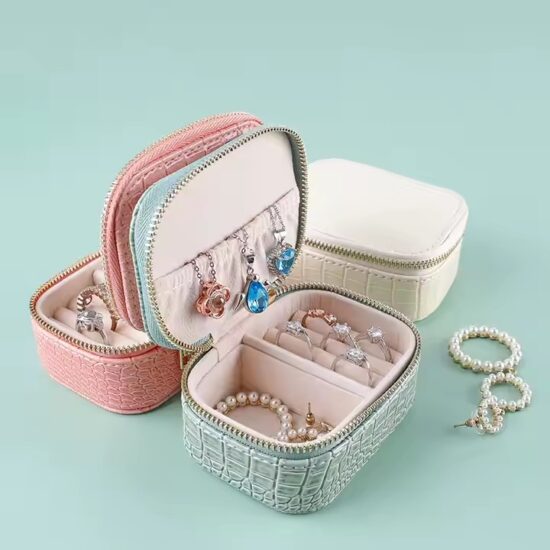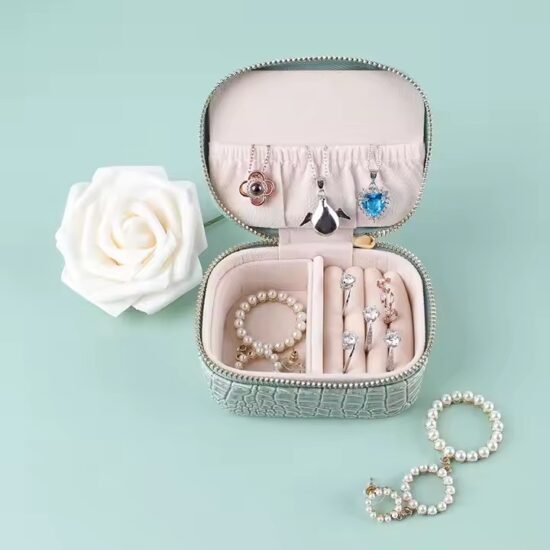jay@nbdho.com
Recycling and Circular Use of PU Leather Packaging
Recycling and Circular Use of PU Leather Packaging
In an era where sustainability drives both consumer preferences and brand responsibility, packaging materials like PU leather are undergoing a shift from single-use to circular design. While PU leather is a synthetic material, it still offers opportunities for recycling, repurposing, and circular use, especially when thoughtfully designed.
This article explores how PU leather jewelry boxes can support sustainable practices and contribute to a greener packaging economy.
1. What Is PU Leather and Can It Be Recycled?
PU (polyurethane) leather is a synthetic material made by coating a base fabric (often polyester or cotton) with a flexible polymer. Unlike traditional plastics, PU leather is more complex to recycle due to the fusion of layers—but recycling is possible through specific methods.
Key Points:
-
Mechanical recycling is limited, but some industrial processes can shred and repurpose PU leather into secondary materials (e.g. for padding or insulation)
-
Chemical recycling or solvent-based processes are emerging but not yet widely accessible
-
Upcycling PU leather into new products (e.g. pouches, organizers, or décor) is currently the most practical method
2. Circular Design Principles in PU Leather Packaging
To support circularity, packaging should be:
-
Durable and reusable: PU leather boxes are sturdy and attractive enough for long-term reuse as jewelry storage or keepsake boxes
-
Modular or removable: Interior trays or linings should be detachable for easier disassembly or reuse
-
Non-toxic and low-emission: Use water-based PU or recycled PU materials to reduce environmental impact at the production stage
Impact: Boxes that last longer and serve multiple purposes reduce landfill waste and consumption rates.
3. Reuse and Repurposing by End Users
Well-designed PU leather boxes encourage end users to repurpose packaging instead of discarding it:
-
Gift box reuse: for regifting or seasonal packaging
-
Storage: for rings, watches, or even stationery and cosmetics
-
Travel cases: compact and stylish PU boxes are often reused for jewelry transport
Result: A second life for the product means longer lifecycle and higher brand visibility.
4. Brand-Level Circular Initiatives
Forward-thinking brands are implementing closed-loop strategies:
-
Return & reuse programs: Collect used packaging for refurbishment and resale
-
Design for disassembly: Boxes created with separable components for easier recycling
-
Partnering with recycling vendors: Collaborating with facilities capable of handling synthetic materials like PU
These strategies help reduce environmental impact and align the brand with conscious consumers.
5. Consumer Education Matters
Brands can support circularity by educating customers:
-
Include instructions or icons indicating reuse or repurposing ideas
-
Offer incentives for returning used packaging
-
Share content (videos, blog posts) showcasing how PU boxes can be reused creatively
When users understand the value of reuse, they’re more likely to support your sustainability efforts.
📦 Conclusion
While PU leather isn’t biodegradable, it doesn’t have to be disposable. By embracing principles of circularity—durability, reuse, and responsible design—jewelry brands can turn PU leather packaging into a long-lasting, eco-conscious solution.
Incorporating circular use into your packaging strategy isn’t just better for the planet—it’s smarter for your brand.





